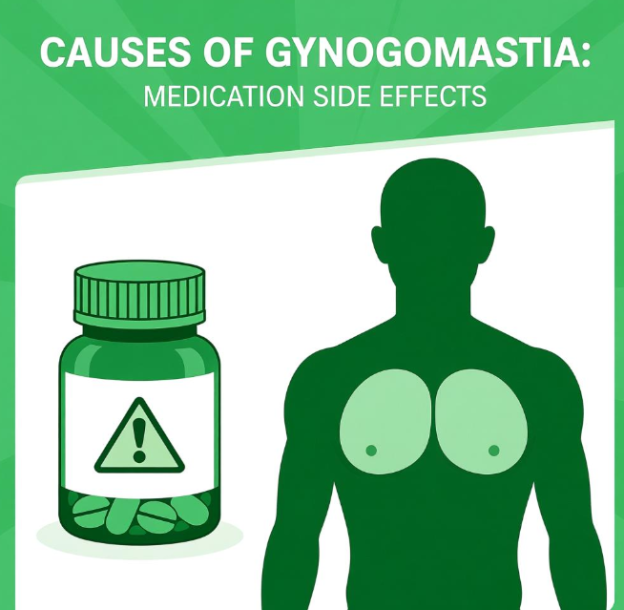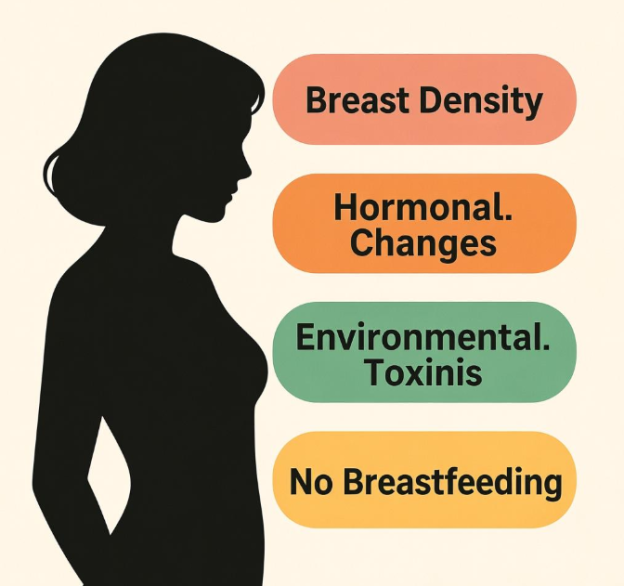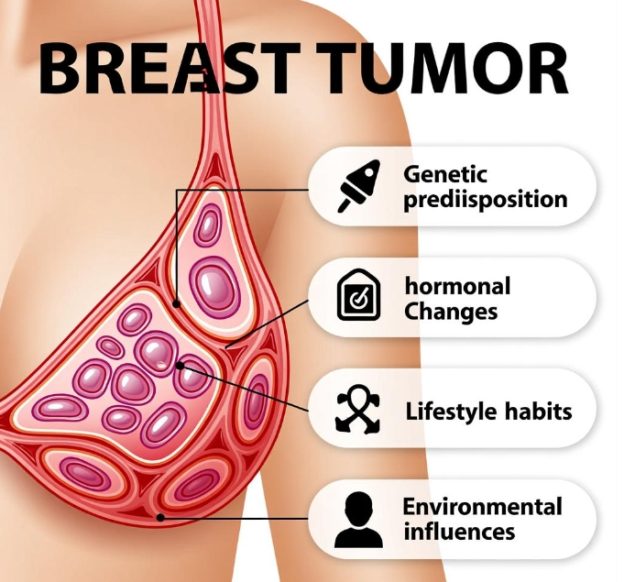Macromastia means breasts are oversized for your body frame—usually more than 500 grams above ideal weight or enough extra tissue to cause physical problems. Symptoms start early, often in the teen years, and tend to get worse with weight gain, pregnancy, or hormone swings.
The clearest complaint is chronic neck, shoulder, and upper-back pain that deepens as the day goes on. Bra straps dig grooves into the skin and may leave tender marks or rashes. The weight pulls the shoulders forward, so many women also feel burning or numbness down the arms when the bra is tight. Skin-fold moisture under the breasts creates a warm, wet environment that leads to itching, redness, and repeated fungal infections.
Finding clothes that fit is frustrating: shirts gap at the buttons, dresses hang unevenly, and sports bras feel like body armor that still doesn’t hold things still. Exercise becomes awkward—running, yoga, or even brisk walking can be painful or embarrassing because of excess bounce.
On the emotional side, unwanted attention, self-consciousness, and trouble finding flattering swimwear are common. Some women develop a stooped posture or avoid social activities altogether.
Any breast size that interferes with daily life, sleep, or skin health is worth discussing with a doctor. Reduction surgery is safe and usually covered when these symptoms are documented.
| Problem area | What macromastia feels like |
|---|---|
| Neck & back | Constant ache, worsens at night, painkillers barely help |
| Bra straps | Deep grooves, red marks, shoulder numbness |
| Skin under breast | Moisture rash, itching, repeat fungal infections |
| Posture & arms | Rounded shoulders, burning/tingling down arms |
| Clothing fit | Buttons gap, dresses uneven, sports bras still bounce |
| Exercise | Running or jumping painful or embarrassing |
| Mood | Self-conscious, avoids social events, hard to find swimwear |









